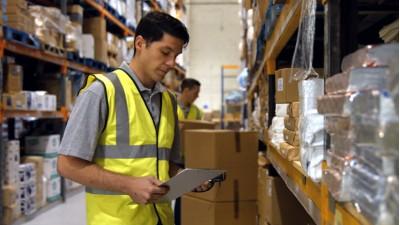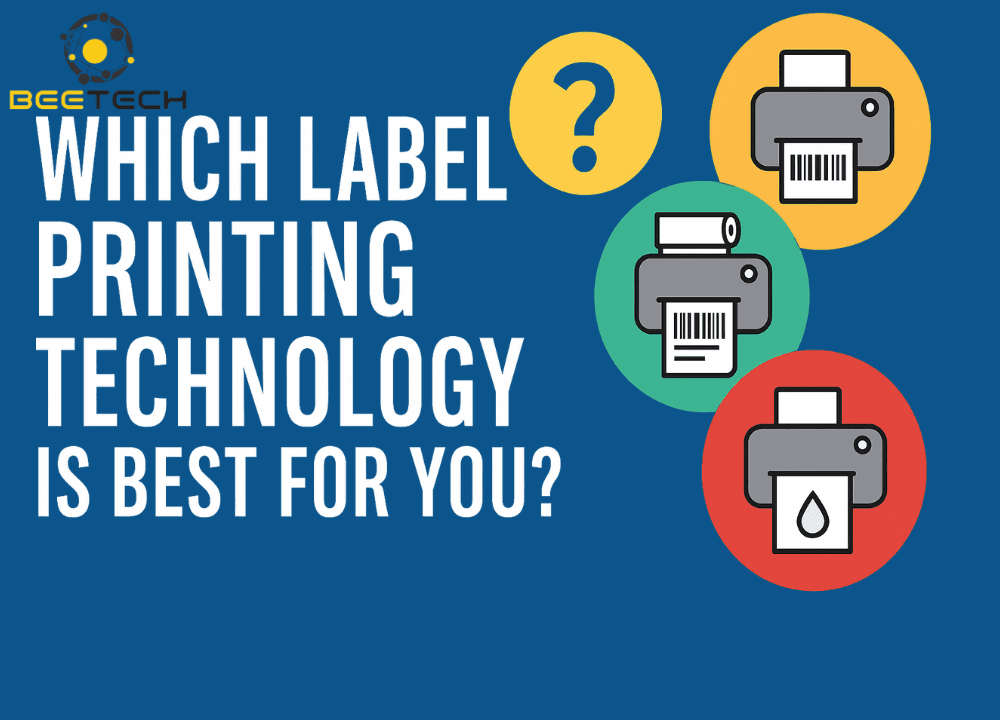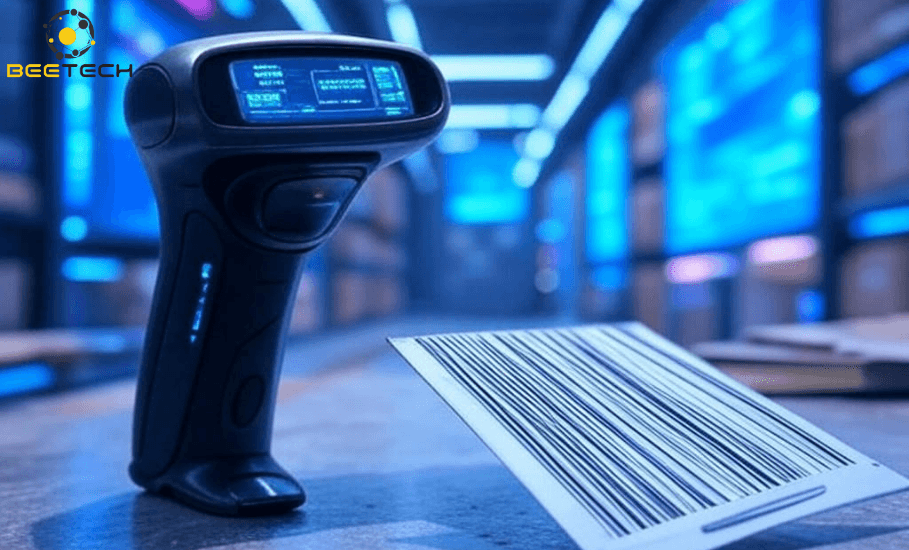80-82 Cao Duc Lan, District 2, HCMC, Vietnam
+84 76 865 6688
info@beetech.com.vn
+84 76 865 6688
About us
Contact us
80-82 Cao Duc Lan, District 2, HCMC, Vietnam
+84 76 865 6688
info@beetech.com.vn
+84 76 865 6688
About us
Contact us

Which Label Printing Technology Is Best for You?
In an era where traceability, inventory management, and operational efficiency are crucial to business success, choosing the right label printing technology is more important than ever. Whether you’re a manufacturer, logistics provider, or retail business, every label printing need calls for a tailored solution. So, which label printing technology is best suited for your needs? Let Beetech help you explore the options.
We understand that you might not be too concerned with how labels are printed—you just want them done! But labels need to be made from the right materials and adhesives to perform in your specific application. They must be durable, accurate in color and layout, and feature the correct text and barcodes. You also want them printed quickly and in the exact quantities needed.
In reality, there are many ways to produce labels. Some require large industrial printing presses, while others are simpler, more affordable, and compact enough for desktop use.
For fully or partially printed labels—often in multiple colors or sizes not supported by tabletop printers—there are two primary label printing methods: conventional (traditional) printing and digital printing.
What is conventional printing?
Conventional printing involves using large-scale industrial machines that require heavy-duty equipment such as forklifts and cranes for movement and installation. The two most common types are offset lithographic printing (introduced in the 1870s) and flexographic printing (developed in the early 1900s).
Offset vs. Flexographic – What’s the difference?
Both methods use raised image plates to transfer ink onto label surfaces and typically include inline finishing processes such as lamination and die-cutting.
Setup Process for Conventional Printing
Setting up a traditional print job is labor-intensive and costly:
Although upfront setup costs are high, once running, a flexo press can operate at several hundred feet per minute, significantly lowering the cost per label for high-volume jobs.
Color & Material Versatility
Conventional printers support a wide variety of label materials, from paper to synthetic films. They also offer a broad range of ink options, including Pantone PMS colors. When precise brand color matching is required—such as with company logos—special ink mixes can be formulated.
However, there is a limitation: each color requires a separate print station, meaning a 5-color label needs five stations. This impacts press length and complexity. Most conventional presses support 1 to 12 colors depending on configuration.
👉 Conventional printing is ideal for businesses needing high volumes, precise color matching, and compatibility with diverse materials. Though setup is more expensive and technically demanding, offset and flexo printing are top choices for mass production with consistent quality.
Digital Printing – A Flexible Solution for Modern Labels
Digital printing uses computer files to print directly onto the substrate without the need for plates. Digital label printers are generally more compact than traditional presses, though they may require additional finishing steps such as cutting and lamination.
Types of Digital Printing Technology:
Key Advantages of Digital Printing
Colors & Materials
Initially, digital printing was limited in material compatibility, but today many label substrates can be pre-treated (topcoated) for better digital print performance.
Most digital printers use CMYK (Cyan, Magenta, Yellow, Black) to create full-color labels. Some advanced machines also support white ink or clear coatings.
⚠️ Color accuracy note: CMYK reproduces only around 40% of Pantone PMS colors, making precise brand color matching difficult. Also, what you see on your RGB monitor may differ from printed results.
When Should You Choose Digital Printing?
| Label Printing Need | Best Fit |
|---|---|
| Small quantity or urgent jobs | ✅ Digital printing |
| Frequent design or layout changes | ✅ Digital printing |
| Barcodes or variable data on each label | ✅ Digital printing |
| Exact brand color reproduction | ❌ Not ideal digitally |
| High-volume production with low cost/label | ❌ Use conventional |
With over 60 digital label printer models available today—many of them inkjet-based—you can find one suitable for office needs or industrial use.
If your priorities include flexibility, speed, variable data printing, and inventory efficiency, then digital printing is a smart choice. However, for precise color accuracy or mass production at the lowest cost per label, traditional printing is worth considering.
👉 Pro Tip: When deciding between digital or conventional label printing, consider factors such as print quality, color accuracy, label material, turnaround time, investment cost, and the reputation of your label printer supplier.
Beetech is a trusted supplier of industrial label printers from leading brands such as Zebra, Honeywell, TSC, and Brother. We help businesses choose the optimal label printing solution based on real-world needs, offering competitive pricing and on-site technical support.
👉 Call Beetech today for expert advice and the best pricing on professional label printing solutions!
📧 Email: info@beetech.com.vn
🌐 Website: https://beetech.com.vn





How do barcodes work?
21/05/2025 09:52:52

6 things to know to successfully apply barcode technology to your business
19/05/2025 04:16:28

Barcode scanners help reduce shrinkage and increase inventory accuracy”
16/05/2025 04:21:10

Which Label Printing Technology Is Best for You?
16/05/2025 03:09:19

Comprehensive barcode solution: Optimize management, improve performance and digitally transform businesses
06/05/2025 03:50:33

Why can barcode scanners increase work efficiency?
05/05/2025 04:22:27